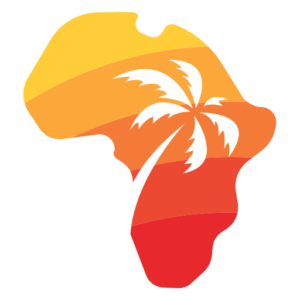KILIMANJARO
EXPERIENCE THE MAGICAL TRAILS OF KILIMANJARO
Have you ever heard of Kilimanjaro? Now you have come to the very right spot. Located in Tanzania, East Africa, Mt. Kilimanjaro is the highest free standing mountain in the world. The Mountain It stands 19,341 feet tall (5,895 meters), and has 3 volcanic cones as peaks: Kibo, Mawenzi, and Shira.
Being on top of the World´s free standing Volcanic Mountain, Kilimanjaro is one unforgettable life time experience .
WE RECOMMEND THE FOLLOWING KILIMANJARO ROUTES
MARANGU ROUTE 5 DAYS
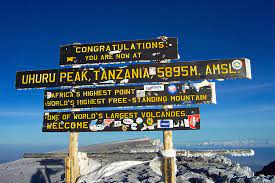
The Marangu route, also known as the “Coca-Cola” route, is the oldest, most well-established route on Kilimanjaro.
This is the only route that offers sleeping huts in dormitory-style accommodations instead of camping.
There are 60 bunk beds each at Mandara and Kibo Huts, and 120 bunk beds at Horombo Hut. Guests are supplied with mattresses and pillows, but sleeping bags are still required.
The huts have communal dining halls and basic washrooms, ranging from flushing toilets and running water at the lower huts to long drop toilets and buckets of water at Kibo Hut.
Marangu Route is considered to be the easiest path on the mountain, given its gradual slope and direct path.
However, the short time frame of the route makes altitude acclimatization fairly difficult.
The route approaches Mount Kilimanjaro from the southeast.
Marangu is unfortunately less scenic than the other routes because the ascent and descent are along the same path.
It is also the most crowded route for that reason.
MARANGU ROUTE 6 DAYS
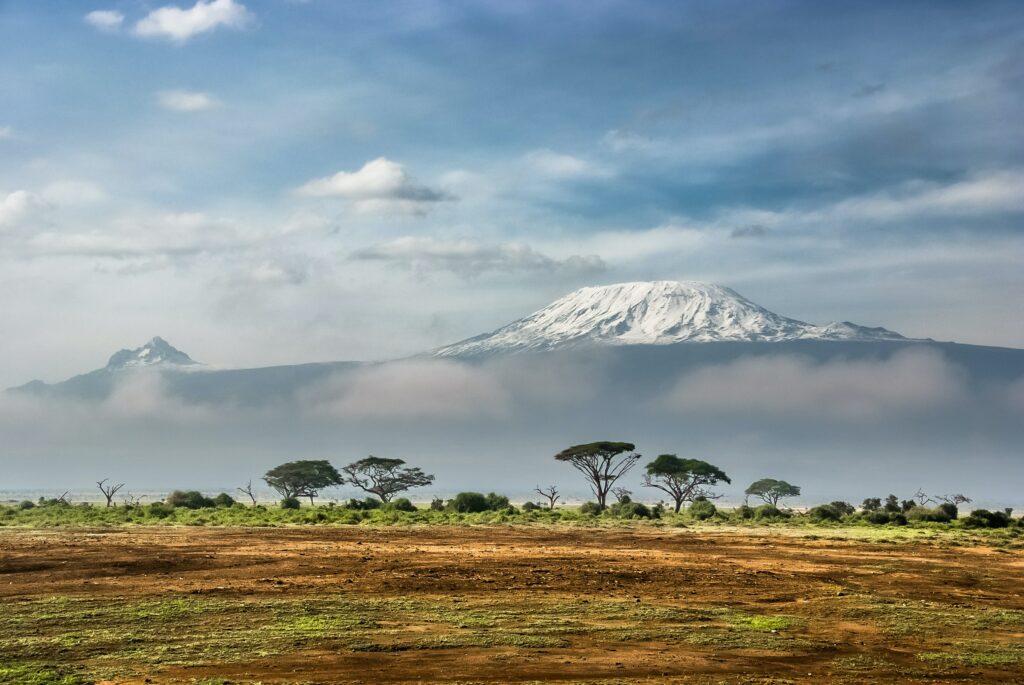
The Marangu route, famously known as the “Coca-Cola” route is the original route established to climb Kilimanjaro.
It is often billed as one of the easier walking routes – however, according to KINAPA, it suffers from the lowest success rate (42%) as too many climbers try to do it in only 5 days and fail because of poor acclimatization.
Approaching Mount Kilimanjaro from the southeast, the Marangu route uses the same ascent and descent route which means it is less scenic than the other routes.
For climbers who do not wish to camp, then Marangu is the only route that offers dormitory style
hut accommodation.
The huts have a communal dining room, simple washrooms, and toilets which lower down will be flushable, but as you move higher up the mountain will be “long drop” loos.
Although some climbers like the idea of staying in the huts rather than camping you need to remember that on the Marangu route you will be sharing the hut with lots of other climbers in open dormitory accommodation.
The hut accommodation also means the Marangu route is one of the best routes to attempt in Kilimanjaro during the rainy season.
The Marangu route is a good six-day hike for those who have not trekked much at high altitudes, with an effective extra day’s acclimatization, giving a better success rate.
Experienced and already acclimatized mountaineers
may opt for the more difficult 5-day ascent along the Marangu route.
MACHAME ROUTE 6 DAYS
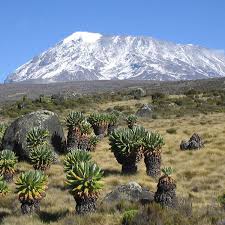
Known for being beautifully scenic, the Machame Route also has the best summit success rate.
This route allows you to “climb high, sleep low”, giving your body time to adjust to the changes in altitude over several days.
Climbs can take six or seven days; the difference between the six and seven days Machame route is that with six days, you won’t camp at Karanga campsite, so you will walk for a longer distance to reach the base camp passing Karanga campsite.
The climb begins at Machame Gate, at an altitude of 1800 meters, with an approach to the southwest of the mountain.
It passes through the majestic rainforest on the first day, before continuing up the mountain to reach Shira Camp, where the Lemosho route joins from the west.
From here you traverse the southern side of the mountain to Barranco via Lava Tower and climb the Great Barranco Wall on your way to Barafu Camp.
After reaching the summit, you will descend by the Mweka trail, rather than retracing your steps along the ascent route.
The Machame route is nicknamed the ‘Whiskey Route’ as it is considered more difficult than the ‘Coca Cola Route’, the nickname for the Marangu route. In reality, it is not more technically difficult
but is longer and in places steeper.
The longer distance and the opportunity to ‘walk high, sleep low’ offer much better acclimatization and as a result a very high success rate.
MACHAME ROUTE 7 DAYS
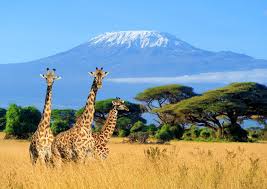
This route allows you to “climb high, sleep low”, giving your body time to adjust to the changes in altitude over several days.
Climbs can take six or seven days; the difference between the six and
seven days Machame route is that with six days, you won’t camp at Karanga campsite, so you will walk for a longer distance to reach the base camp passing Karanga campsite.
The climb begins at Machame Gate, at an altitude of 1800 meters, with an approach to the southwest of the mountain.
It passes through the majestic rainforest on the first day, before continuing up the mountain to reach Shira Camp, where the Lemosho route joins from the west.
From here you traverse the southern side of the mountain to Barranco via Lava Tower and climb the Great Barranco Wall on your way to Barafu Camp.
After reaching the summit, you will descend by the Mweka trail, rather than retracing your steps along the ascent route.
The Machame route is nicknamed the ‘Whiskey Route’ as it is considered more difficult than the ‘Coca Cola Route’, the nickname for the Marangu route. In reality, it is not more technically difficult
but is longer and in places steeper.
The longer distance and the opportunity to ‘walk high, sleep
low’ offer much better acclimatization and as a result a very high success rate.
RONGAI ROUTE 6 DAYS
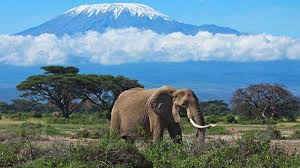
The Rongai route is one of the least frequented of the official Kilimanjaro routes.
The upside of this is that there will be few other climbers about and for most of the trek you are walking through the virgin wilderness and awe inspiring scenery.
While it is flatter, it does not give the climb high sleep low option and therefore recommended to select more days for acclimatization.
Starting from the Rongai gate, the route traverses several diverse climate zones, and each produces amazing views and experiences.
Because of its remote location, the route offers trekkers a relatively unspoiled wilderness experience where it is possible to see large wildlife like antelope, elephants, and buffalo. Heading up to Kikelewa Caves on day two, the views start to open up, with
the Amboseli Plains of Kenya stretching into the distance.
The route continues up to the mountain’s second summit at Mawenzi, before crossing the Saddle, a barren plain that connects the two peaks of Mawenzi and Kibo. After reaching the summit, the descent is along the more heavily traveled Marangu route, offering you the chance to see Mount Kilimanjaro from both sides Lying in the rain shadow of Kilimanjaro,
The Rongai route is one of the best routes to attempt
Kilimanjaro during the rainy season, as it sees substantially less rain than the southern routes.
RONGAI ROUTE 7 DAYS
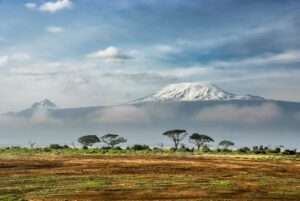
The advantage of Rongai route is that there will be few other climbers about and for most of the trek you are walking through the virgin wilderness and awe-inspiring scenery.
While it is flatter, it does not give the climb high sleep
low option and therefore recommended to select more days for acclimatization.
Starting from the Rongai gate, the route traverses several diverse climate zones, and each produces amazing views and experiences. Because of its remote location, the route offers trekkers a relatively unspoiled wilderness experience where it is possible to see large wildlife like antelope, elephants, and buffalo.
Heading up to Kikelewa Caves on day two, the views start to open up, with the Amboseli Plains of Kenya stretching into the distance. The route continues up to the mountain’s second summit at Mawenzi, before crossing the Saddle, a barren plain that connects the two peaks
of Mawenzi and Kibo. After reaching the summit, the descent is along the more heavily traveled Marangu route, offering you the chance to see Mount Kilimanjaro from both sides.
Lying in the rain shadow of Kilimanjaro, the Rongai route is one of the best routes to attempt Kilimanjaro during the rainy season, as it sees substantially less rain than the southern routes.
LEMOSHO ROUTE 7 DAYS
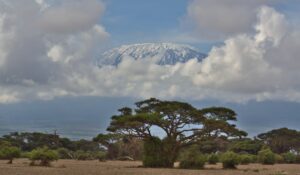
Featuring captivating scenic vistas, pristine wildlife, excellent acclimatization opportunities, and low traffic of climbers, Lemosho is our personal first favorite for reaching the roof of Africa.
After a 4-hour long drive from Moshi to Londorossi Gate you’ll find yourself on the western slope of Mt Kilimanjaro, from there the route will take you to the world-famous Shira Plateau.
That’s where you’ll embark on your adventure through all climate zones – from alpine meadows to eternal ice.
The climb is smooth and gradual, featuring the highest success rate of all routes on Kilimanjaro.
Seven and eight-day programs are available, so you can choose depending on the amount of time at your disposal.
Longer programs are always recommended over shorter ones for better acclimatization.
LEMOSHO ROUTE 8 DAYS

The Lemosho Route avoids the crowds on the early part of the Machame route and over 8 days, you have a fantastic journey and a great chance of summiting successfully.
The climb begins at Londorossi Gate, at an altitude of 2360 meters, with an approach far to the west of the mountain. It passes through the majestic rainforest where some of the region’s most unique wildlife can often be seen. The route continues up to the mountain’s third summit at Shira Ridge.
From there you will cross the famed Shira plateau and see the awe-inspiring Shira Cathedral before reaching Shira camp on the main Machame route on day three. This allows a few days of quiet climbing overlooking some amazing terrain before taking the more heavitraveledled route to the summit.
After reaching the summit, you will descend by the Mweka trail, rather than retracing your steps along the ascent route.
The Lemosho Route is a good eight-day hike for those who have not trekked much at high altitudes, with an effective extra day’s acclimatization, giving a better success rate.
Experienced and already acclimatized mountaineers may opt for the more difficult 7-day ascent along the Lemosho route.
NORTHERN CIRCUIT 9 DAYS

This route avoids the crowds on the southern routes and over 9 days, you have a fantastic journey and a great chance of summiting successfully.
The climb begins at Londorossi Gate, at an altitude of 2360 meters, with an approach far to the west of the mountain. It follows the Lemosho route, passing through the majestic rainforest where
some of the region’s most unique wildlife can often be seen.
The route continues up to the mountain’s third summit at Shira Ridge. From there you will cross the famed Shira plateau and see the awe-inspiring Shira Cathedral before turning north onto the Northern Circuit proper.
The northern slopes of Kilimanjaro are far more remote and have the benefit of less traffic from other climbers. On a clear day, the views stretch over the Amboseli Plains of Kenya. The trail then joins
the Rongai and Marangu routes in the east for the final summit ascent via Gillman’s Point.
After reaching the summit, you will descend by the Mweka trail, rather than retracing your steps along the ascent route.
The Northern Circuit is a good nine-day hike for those who have not trekked much at high altitudes, with an effective extra day’s acclimatization, giving a better success rate.
Experienced trekkers may opt for the more difficult 8-day ascent along the Northern Circuit.
